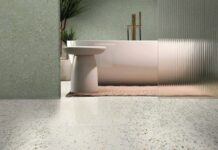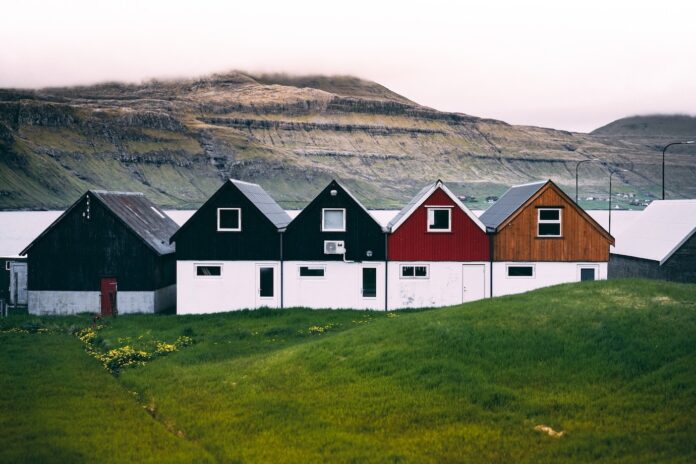
When investing in a home, durability is a critical factor. Homebuyers want to ensure that their investment will stand the test of time, weather, and daily wear and tear. Traditional homes have a long-established reputation for durability, but modular homes, constructed in a factory and assembled on-site, are often perceived as less robust.
However, this perception may not reflect reality. Let’s explore the factors that contribute to the durability of both types of houses.
Modular Homes – Built to Last
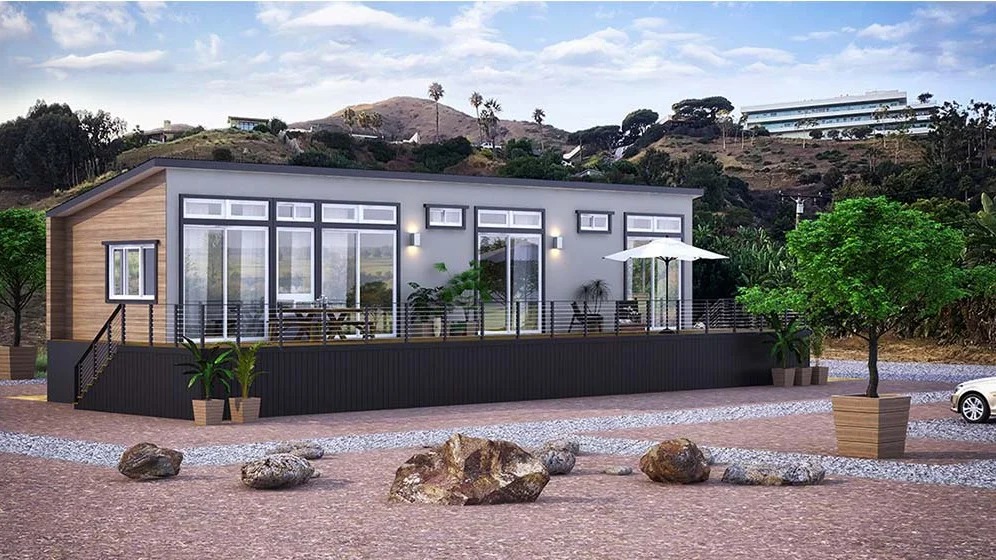
One of the main advantages of modular homes is the quality control inherent in factory construction. When you work with a modular home builder, you get the benefit of a controlled environment, unlike traditional houses, which are built on-site and subject to weather conditions and varying craftsmanship. This allows for consistent quality and adherence to strict building codes.
Precision manufacturing is a hallmark of modular homes. These homes are built using precise machinery and techniques, reducing human error and ensuring uniformity. Each module undergoes multiple inspections throughout the construction process, ensuring compliance with local and national building codes.
Which Materials Are Used?
The materials used in modular homes are often the same as those in traditional homes, but the controlled environment of the factory allows for better material management.
High-quality materials are a standard in modular home construction. These materials are stored in optimal conditions, preventing damage from weather or pests. Additionally, many modular home manufacturers prioritize sustainable materials, which are not only eco-friendly but also durable.
Structural Integrity
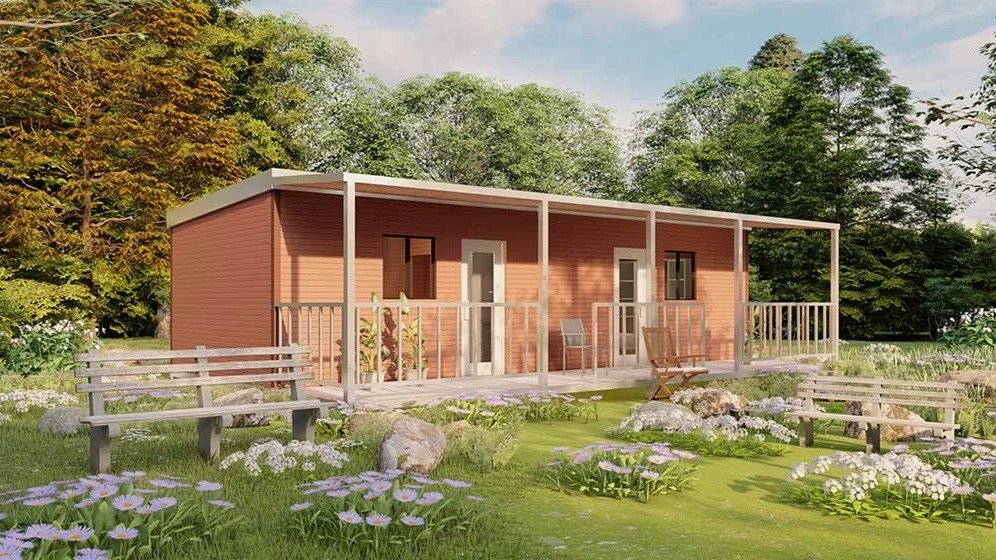
The modular home construction process enhances structural integrity. Each module is designed to withstand transportation and assembly, often resulting in a more robust structure.
Modules are built to endure transportation stresses, leading to stronger overall construction. Connections between modules are reinforced during assembly, creating a solid and stable home.
Customization and Adaptability
Modular homes offer a high degree of customization and adaptability, which can significantly impact their durability. Homeowners can choose from a variety of designs and materials that best suit their specific needs and environmental conditions. This flexibility allows for the creation of homes that are tailored to withstand local weather patterns and potential natural disasters.
Furthermore, modular houses are designed to be easily expandable and upgradable. This adaptability means that homeowners can make improvements and adjustments over time, ensuring that their homes remain durable and functional as their needs change.
Advanced Construction Techniques
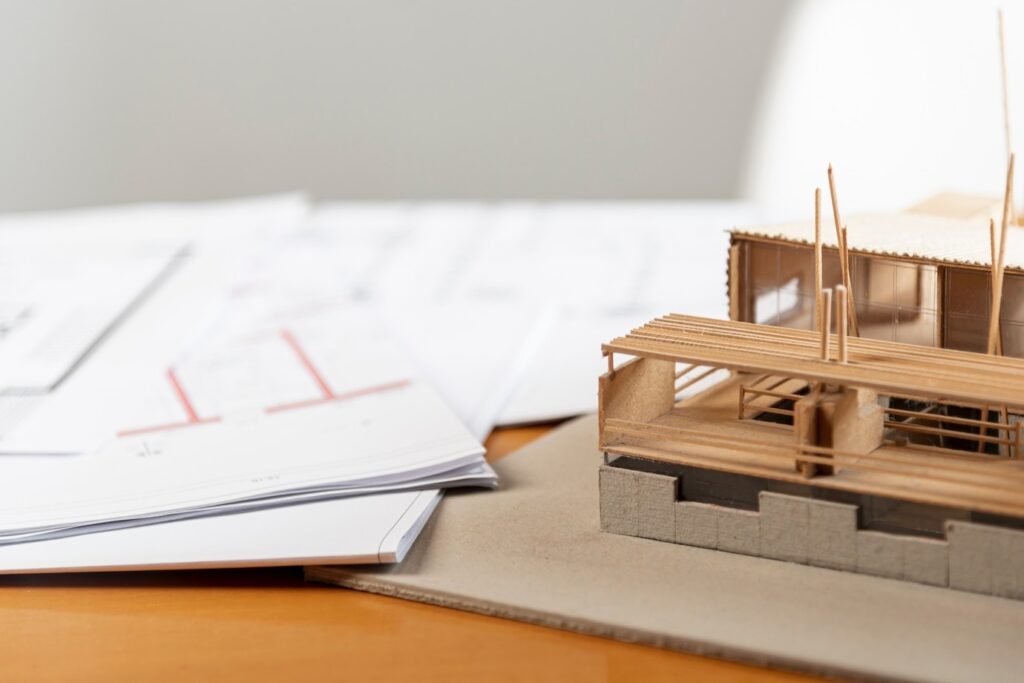
Recent advancements in construction technology have further enhanced the durability of modular homes. These houses often incorporate state-of-the-art construction techniques that are not as easily implemented in traditional home building.
For example, advanced robotic systems in modular factories ensure precision and consistency, which significantly reduces construction errors and improves overall structural integrity.
Moreover, innovations such as 3D printing and automated manufacturing processes allow for the creation of highly customized components that are both durable and cost-effective. These technologies contribute to the production of stronger, more resilient homes that can better withstand environmental stresses and daily wear and tear.
Traditional Homes – On-Site Construction
Traditional homes are built on-site, which allows for customization and flexibility in design. However, this process can also introduce variability in quality and durability. On-site construction allows for unique designs and adaptations to the local environment. The quality of a traditional home can vary depending on the builder’s expertise and the conditions during construction.
Traditional houses can use a wide range of materials, and the quality of these materials can significantly impact durability. Builders often use locally sourced materials, which can be advantageous for matching the environment but may vary in quality. Materials are exposed to the elements during construction, potentially affecting their durability.
Structural Considerations
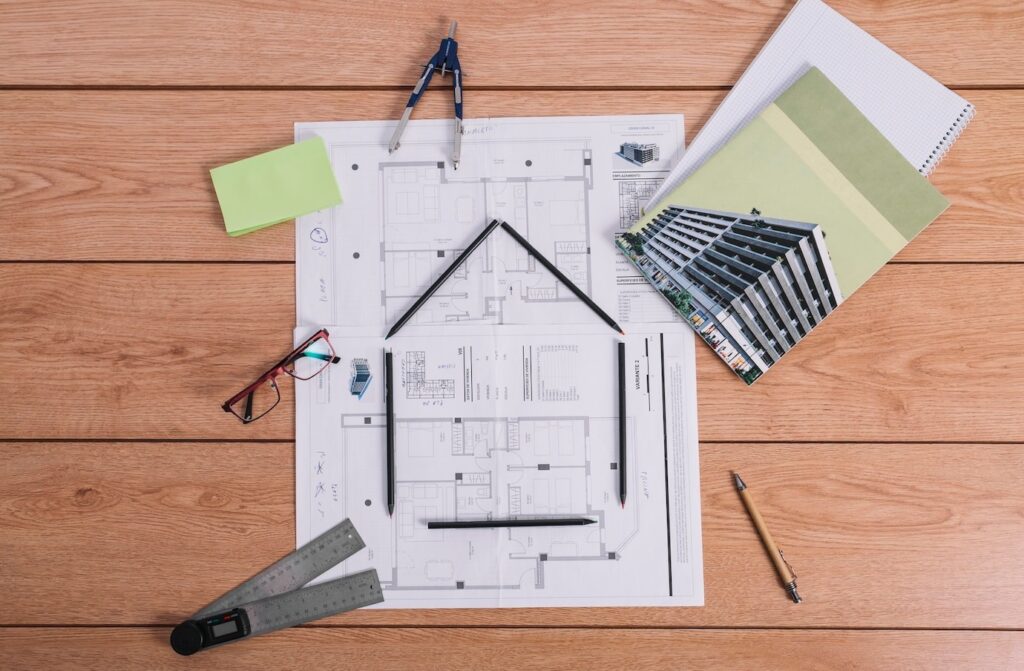
The structural integrity of traditional homes depends on various factors, including design, materials, and construction techniques. Traditional houses typically have robust foundations, which are crucial for stability and longevity. Building techniques can vary widely, impacting the home’s ability to withstand environmental stresses.
Challenges and Solutions
While traditional homes have many strengths, they also face challenges that can impact their durability. Issues such as outdated building codes, environmental changes, and the availability of skilled labor can all affect the longevity of traditional houses.
To address these challenges, many homeowners and builders are turning to modern solutions and technologies. For example, integrating contemporary building materials and techniques with traditional craftsmanship can enhance the durability of traditional houses.
Additionally, updating building codes and standards to reflect current knowledge about environmental resilience can help ensure that new traditional homes are built to last.
Environmental Resistance
Both modular and traditional homes need to withstand local weather conditions, but their construction methods offer different advantages. Modular houses benefit from factory construction that protects materials from weather damage during building, and the modules are designed to withstand transportation stresses.
Traditional homes, on the other hand, can be adapted to the local climate during on-site construction, but materials are exposed to weather conditions during the build.
The ability to withstand natural disasters is a crucial factor in home durability. Modular houses, with their reinforced construction and adherence to stringent building codes, often demonstrate high resilience to natural disasters.
Traditional homes can also be designed to resist local natural disasters, but this resilience is highly variable and depends on regional building practices and codes.
Maintenance and Longevity
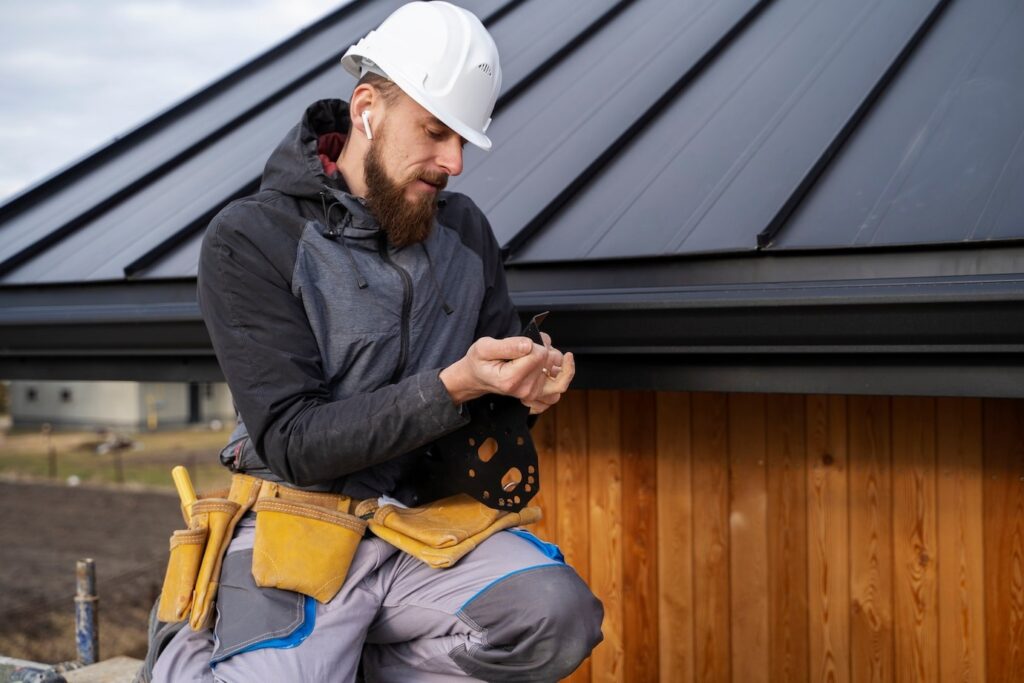
Maintenance plays a significant role in the long-term durability of any home. Modular houses often require less maintenance due to their controlled construction environment and high-quality materials. Traditional homes, however, can have widely varying maintenance needs based on construction quality and materials used.
Both modular and traditional houses can last for decades with proper care. Modular homes are designed for longevity with durable materials and robust construction techniques. Traditional houses have a proven track record of lasting many years, but their longevity can be influenced by the quality of construction and maintenance practices.
In Summary
Both modular and traditional homes have their strengths and potential weaknesses when it comes to durability. Modular houses benefit from controlled construction environments, high-quality materials, and stringent building codes, often leading to superior durability. Traditional homes offer customization and proven longevity but can be subject to variable quality depending on construction practices.

